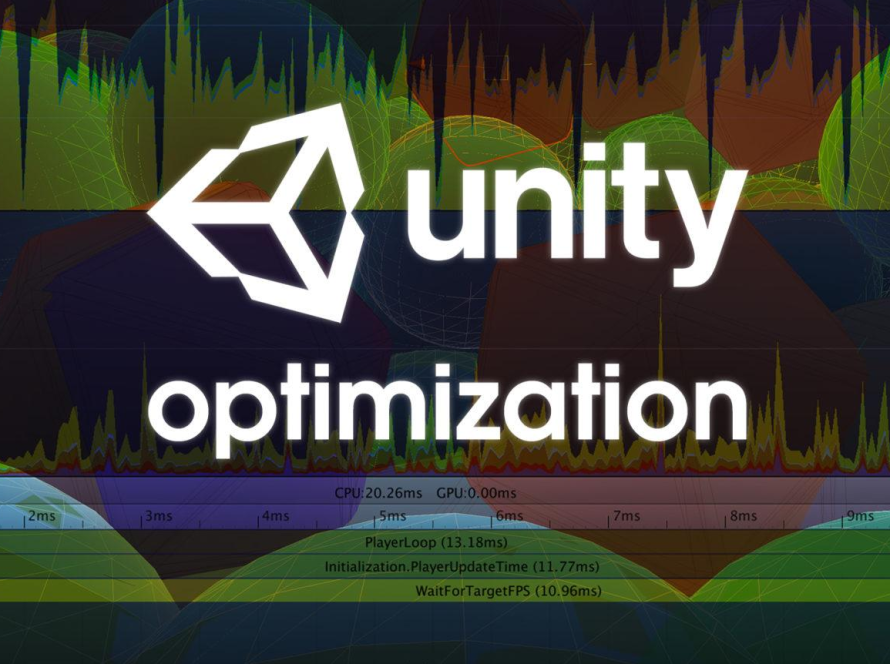Reaching a wider audience is crucial for the success of any application. In this article, we will explore Cross-platform development: Tools for reaching a wider audience. Follow us to discover the most suitable cross-platform game development tools for your game project.
What is cross-platform development?
“Cross-platform development” refers to the process of creating applications or software products that can run on multiple operating systems or platforms. The goal is to develop a single codebase that can be deployed on various platforms such as Windows, macOS, Linux, iOS, Android, and others.
This approach is particularly valuable for reaching a broader audience. Developers can target multiple platforms with a unified development effort. Additionally, this approach helps save costs and effort for game developers.
To achieve cross-platform development, developers often use specialized tools and frameworks that allow them to write code once and deploy it on different platforms. Follow the section below to learn about some popular tools and frameworks in cross-platform development.
Cross-platform development: Tools for reaching a wider audience
Here, we have shared useful recommendations for cross-platform development. Additionally, we will analyze to determine: What is the most effective cross-platform framework?
Xamarin
Xamarin is a cross-platform mobile app development framework owned by Microsoft. Utilizing the C# programming language and .NET, app developers can write the user interface once and share it for both iOS and Android platforms.
Moreover, Xamarin provides a set of tools and libraries that allow access to APIs and native user interfaces (UI) for each mobile platform. This aids developers in building high-performance applications with user interfaces similar to native apps. Established in 2011, Xamarin currently boasts a large community and robust support from both Microsoft and the user community.
Flutte
Created by Google, Flutter is a UI toolkit that enables developers to build high-quality cross-platform apps. Currently, this toolkit utilizes the Dart programming language. Overall, Dart has syntax similar to JavaScript, is easy to learn, and can be compiled into high-performance machine code.
With a widget-based UI model, Flutter allows developers to construct intricate user interfaces by combining small widgets into larger ones. Additionally, the hot reload feature in the toolkit enables developers to see the results immediately after each edit, speeding up the development process.
React Native
Next up, React Native is a framework developed by Facebook, built on the JavaScript programming language and React. Specifically, this tool employs JSX syntax and provides a React-based UI structure, facilitating the construction of flexible user interfaces and straightforward state management.
Similar to Flutter, React Native also incorporates the Hot Reload feature, expediting the development and testing processes. Another advantage is React Native’s flexibility and customization capabilities for the interface, allowing developers to have a personalized experience.
Ionic
Ionic is an open-source framework based on web technologies such as HTML, CSS, and JavaScript. With this tool, you can seamlessly integrate with popular web frameworks like Angular or React to harness the power of these frameworks.
Notably, the support for a plugin architecture within the tool allows the integration of existing plugins or the creation of new ones. I believe you can easily access and swiftly build cross-platform mobile applications using this versatile framework..
Qt
Qt is a C++ based framework that enables developers to create cross-platform applications with native and consistent interfaces. If you aim for a multilingual user approach, prioritize Qt, as it supports the development of multilingual applications with easy text translation and management.
Within the tool’s interface, you have a range of supporting libraries such as QtCore, QtGui, Qt Network, Qt Multimedia, Qt SQL, and many more. These libraries simplify the application development process and offer rich functionalities. Additionally, Qt is not limited to building user interfaces; it also supports multimedia and resource management effectively.
PhoneGap
Finally, PhoneGap is a flexible tool, particularly suitable for projects requiring rapid deployment across multiple platforms and does not demand high performance. With PhoneGap’s standard web technology, developers leverage their existing knowledge of HTML, CSS, and JavaScript to build mobile applications.
Moreover, PhoneGap is not tied to a specific JavaScript framework. Therefore, it offers a broader approach, allowing developers to use frameworks such as Angular, React, or Vue.js based on their preferences and experience.
In Conclusion
With cross-platform development: tools for reaching a wider audience, developers can streamline the development process, reduce time and costs. Simultaneously, they ensure a consistent user experience across multiple platforms. Choose an application with a programming language suitable for your cross-platform game development direction.




